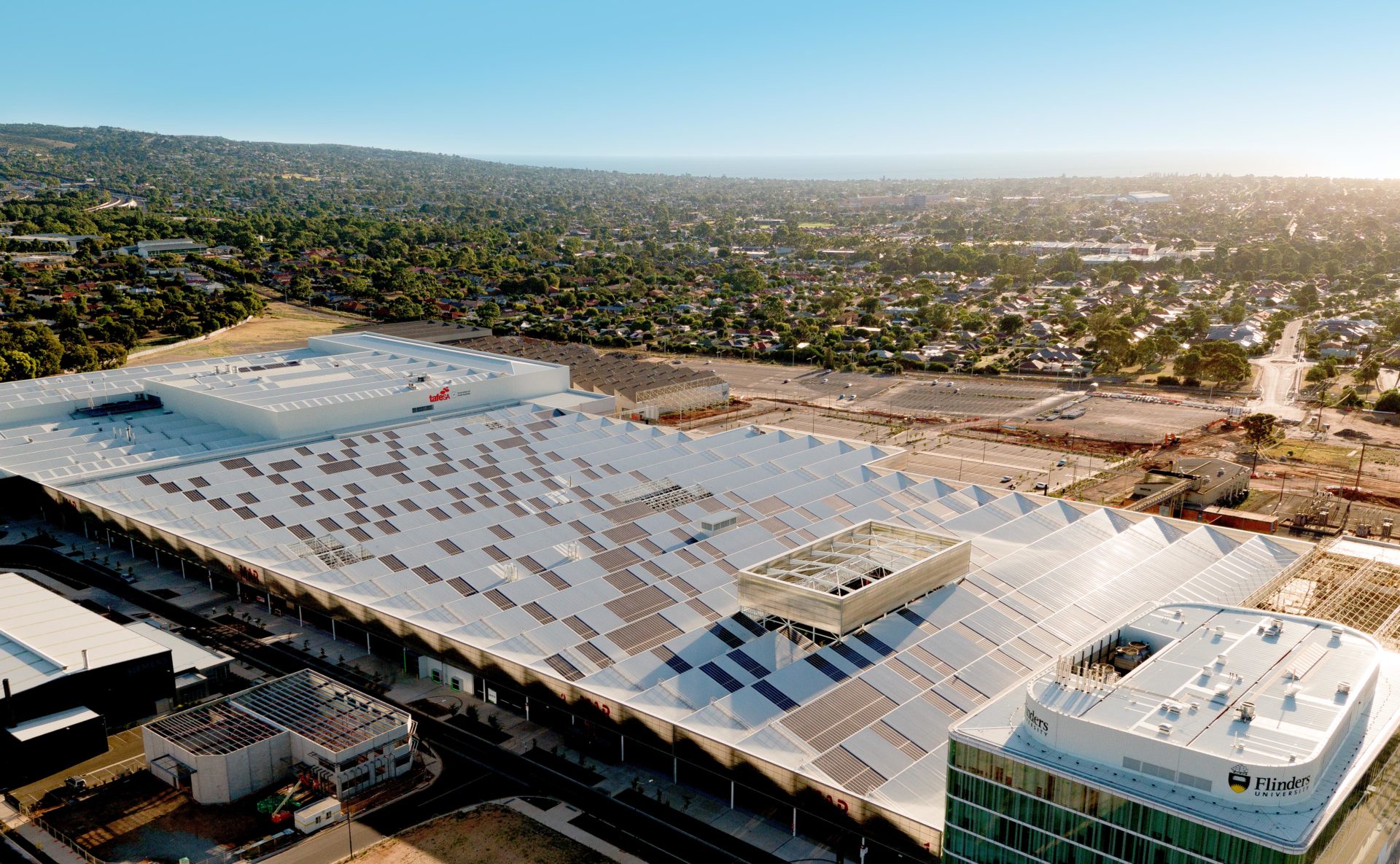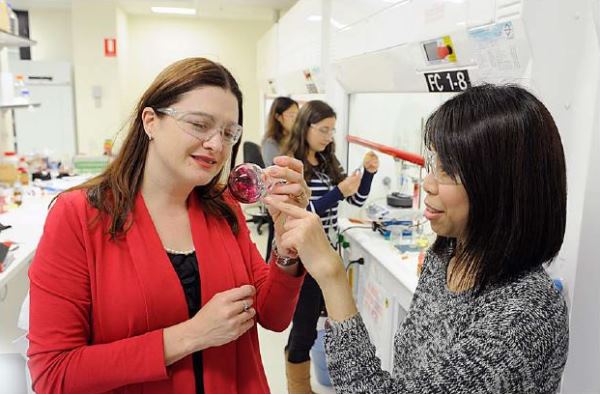Tonsley to boost state’s high-tech industries


Tonsley will create clusters of high-tech businesses and research institutions. But what does that mean, and why is it important for South Australia?
Director of the Institute for Photonics and Advanced Sensing at Adelaide University, Professor Tanya Monro, explains that locating science and industry together creates enormous benefits for research, business and all South Australians.
Tanya believes companies that have similar interests can often find great potential for sharing (for example, their knowledge, production capabilities or infrastructure) and this allows smaller companies to work together to build a critical mass.
When you add research into the mix, Tanya points out, the advantages are even greater. A close working relationship between industry and research ensures that scientists are studying topics that are important to business, which increases the likelihood that the research will result in a commercial product or findings of value to industry.
“Unless you have that close, almost daily, interaction and connection, you can put an enormous amount of time, money and effort into something that may have no path to reality,” Tanya said.
The obvious flow of people is from university to the workforce. But Tanya says that when clusters are working well, people often move the other way as well; seeing the tangible results and job opportunities created by research encourages those in industry to participate in research projects at universities.
This movement of people between research and industry brings the two closer together, as does sharing facilities and equipment.
Tanya says universities rely on the already well-established advanced manufacturing capabilities available within a cluster to make one-off items as part of their research. At the same time, new enterprises can access the infrastructure they need at the early stages of product design and development.
“We have a whole lot of fabrication infrastructure here at the University of Adelaide that would be prohibitively expensive for a small company to try and create in-house but which can be accessed by companies,” she said.
“For example, we’ve just ordered a 3D ceramic metal printer which will be accessible by industry; a company could come in and make a one-off to prototype.
“It’s often not realised, but in South Australia, because of the long presence of the Defence Science and Technology Organisation, we actually do have a lot of advanced companies here already – it’s like the nucleus of a cluster – but we can do more,” she said.
“I think there’s the potential for us to find strategic partners at Tonsley, and spin-offs from the work we do may find a natural home on the site.”
Stay up to date with the latest news, developments events and activities at Tonsley Innovation District